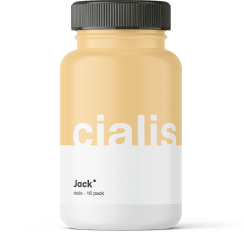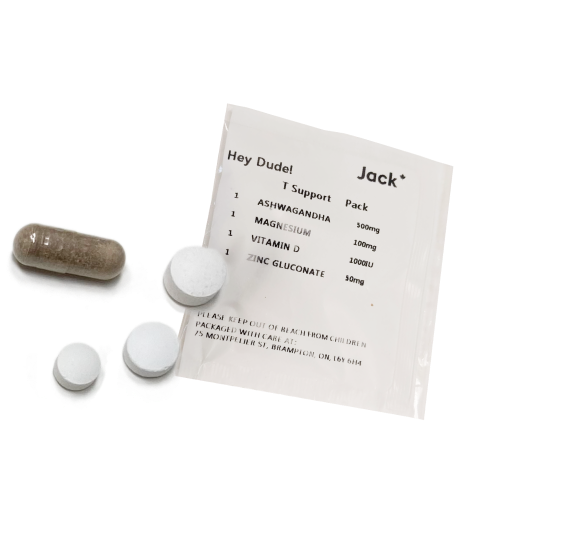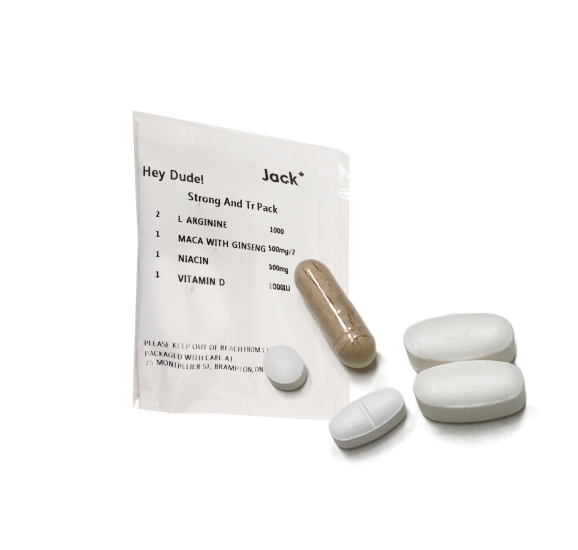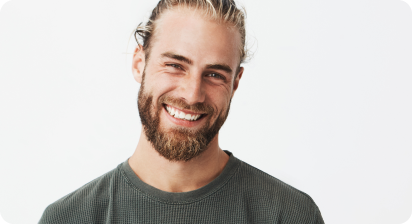Ever looked in the mirror and felt like your hairline was quietly backing away, and wondered what kind of minoxidil results you can expect?
Minoxidil is a topical medication approved by Health Canada that supports hair regrowth by stimulating hair follicles. With consistent use, results improve, especially when combined with microneedling or finasteride.
This guide breaks down the month-by-month timeline, typical outcomes, and how to track your progress while on minoxidil treatment.
Minoxidil Results Timeline: What to Expect at Each Stage
Androgenetic alopecia is recognized as the most common type of hair loss in both men and women, affecting up to 85% of men and 40% of women during their lifetime. Minoxidil offers a solution to slow this progression and stimulate hair regrowth by reactivating dormant hair follicles.
If you’re wondering how long it takes for minoxidil to work, note that results from treatment depend on how early you start, how you apply it, and how closely you monitor progress.
Let’s break it down.
After 1 Month (Weeks 1–4)
Minoxidil often causes shedding during the first few weeks. This phase happens as old hair falls out to make room for newer, healthier growth. That said, the medication is already at work beneath the skin, stimulating hair follicles.
This early stage is also when side effects of Minoxidil are most likely to appear, especially if you’re sensitive to the ingredient. Some experience itchiness, dryness, or mild irritation on the scalp.
If you experience dizziness, swelling, or changes in blood pressure, visit your doctor or dermatologist immediately.
Note: Minoxidil may show no visible results after 1 month. For many patients, this stage can be discouraging; however, shedding is a positive indicator that the treatment is beginning to take effect.
After 2 Months (Weeks 5–8)
Minoxidil may begin to show vellus hair growth after 2 months, which are thin, soft hairs in formerly thinning areas. While the changes are usually subtle, this stage marks real progress. Though you’re still early in the timeline, this is a good time to track and record any improvement, no matter how small.
After 3 Months (Weeks 9–12)
Minoxidil can show early signs of regrowth by 3 months. You may notice thin, light-coloured new hair, reduced scalp visibility, and a slight increase in hair density. This mid-stage is when the foundation laid during earlier weeks begins to pay off.
Hair growth is commonly evaluated at the 3- to 6-month mark and is assessed through regular progress photography to track the measurable changes in your hair, a key checkpoint for many who are evaluating whether minoxidil is a treatment-responsive option.
After 6 Months
After half a year, the effects of Minoxidil become more visible and encouraging, reflecting a progressive improvement in hair growth. Most users show moderate to significant improvement at 6 months, including thicker strands, more coverage, and improved hairline definition.
Since results can vary by scalp region, it’s worth noting that Minoxidil typically yields better results at the crown, where hair follicles tend to be more responsive.
After 1 Year
For many, hair growth is most noticeable at 12 months for responsive users. You’ll likely see greater hair density, more uniform coverage, and strengthened hair structure because minoxidil produces fuller density after consistent 1-year use.
Within the 1-year hair growth timeframe, you’ve likely established a steady routine, and your application habits may be second nature.
After 2 Years
For consistent users, Minoxidil reaches peak efficacy between 1 and 2 years, delivering sustained gains in hair density and possibly even additional growth. In some cases, minoxidil may stabilize hair loss after long-term use, especially when part of a larger hair care regimen.
However, treatment may regress if usage is discontinued, and hair may gradually return to its pre-treatment state. Take note that minoxidil is a maintenance therapy and requires patient commitment for sustained benefits.
Factors That Influence Minoxidil Results
Hair loss in Canadian men and women varies widely in pattern, severity, and response to treatment, which is why not everyone sees the same results with minoxidil.
Several key factors affect how well the treatment works, how fast you’ll see changes, and how much hair regrowth you can expect. Your unique hair loss type, age, and daily habits all play a role in shaping your outcome.
- Consistency of Application: Twice-daily use yields the best results.
- Type and Extent of Hair Loss: Early intervention and less advanced hair loss respond better to treatment.
- Individual Response: Genetics, age, and overall scalp health play a role.
- Combination Therapy: Using minoxidil in conjunction with other treatments, such as finasteride or PRP, may enhance outcomes.
For optimal results, combine this treatment with hair-supportive lifestyle changes, such as a balanced diet, regular scalp care, and stress management. That way, you’re creating the ideal conditions for long-term, sustainable hair regrowth.
Jack Health makes it easy to start and stay consistent with your journey to hair regrowth. Start your minoxidil treatment today, right within the comfort of your home.
Key Takeaways
- Minoxidil results build slowly. Full effectiveness can take a year or more.
- Consistency is the most important factor in regrowth and treatment success.
- Combining Minoxidil with other hair care steps increases your chances of improvement.
Frequently Asked Questions
How long does it take to see results with Minoxidil?
Minoxidil typically produces visible results within 3 to 6 months of consistent use. Fuller improvement often appears by 1 to 2 years of continued application.
Can Minoxidil be used for beard growth?
Yes, Minoxidil is widely used for beard growth and has shown effective results in stimulating facial hair in men. Consistent application enhances density and coverage over several months.
Is it safe to use Minoxidil for women?
Minoxidil is approved by Health Canada for women and is commonly used to treat hair thinning. Many women report noticeable improvement in density and reduced shedding after regular use.
Does Minoxidil work for everyone?
Minoxidil may not work for everyone. It is most effective for individuals in the early stages of hair loss. Results vary based on age, genetics, and consistency of use.













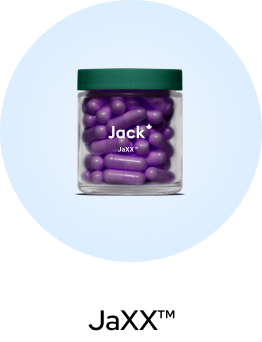
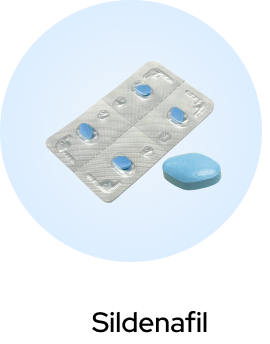
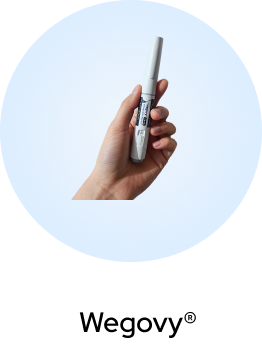
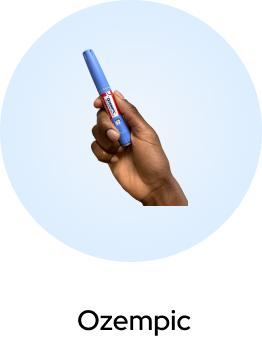


 (US)
(US)